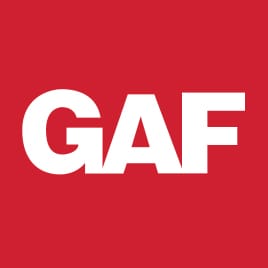


Roof system specifications
Download 3-part CSI specifications
Find and download all of the 3-part CSI and commercial roof system specifications you need for GAF TPO, PVC, Asphaltic and Coatings systems.

GAF QuickMeasure™
GAF QuickMeasure™ reports help consultants and designers simplify collaboration and ensure accuracy in estimates and drawing plans by delivering accurate roof measurements, editable 3D rendering, high-resolution imagery and DXF file in under 24 hours.*
*Terms and restrictions apply. Visit the FAQs for more information.

Complex project? Get professional assistance with custom specifications
Your regional GAF Design Services team can help put together a custom specification package, quickly and accurately. Start by choosing your roof type below.

Find the documents you need, fast.
With just a few clicks, create and download a custom document file with all the GAF information you need to begin your next roofing project.
Design best practice guides and resource files

Explore healthcare and hospital roofing solutions
GAF offers a wide range of energy efficient, fully integrated roofing systems that can last a long time, helping protect the health facility’s investment. We also offer restoration and recover solutions to help extend roof life, reducing expense while protecting both the facility’s investment and staff/patient satisfaction.
Discover our wide range of roofing systems
GAF offers you a full line of roofing system solutions, including single-ply membrane, asphaltic coatings, and liquid-applied roofing, as well as waterproofing, polyiso insulation, and a complete line of innovative adhesives and accessories.
Promote positive drainage with tapered design
View tapered resourcesTap into GAF's professional resources
Tapered Design
View TaperedBuilding & Roofing Science
Book a virtual meeting to get free
advice on your project-specific questions,
code conundrums, and impossible details.
Schedule
advice on your project-specific questions,
code conundrums, and impossible details.
Territory Manager
Talk to a professional who knows
your regions and is dedicated to
serving your business needs.
Find a TM
your regions and is dedicated to
serving your business needs.




























